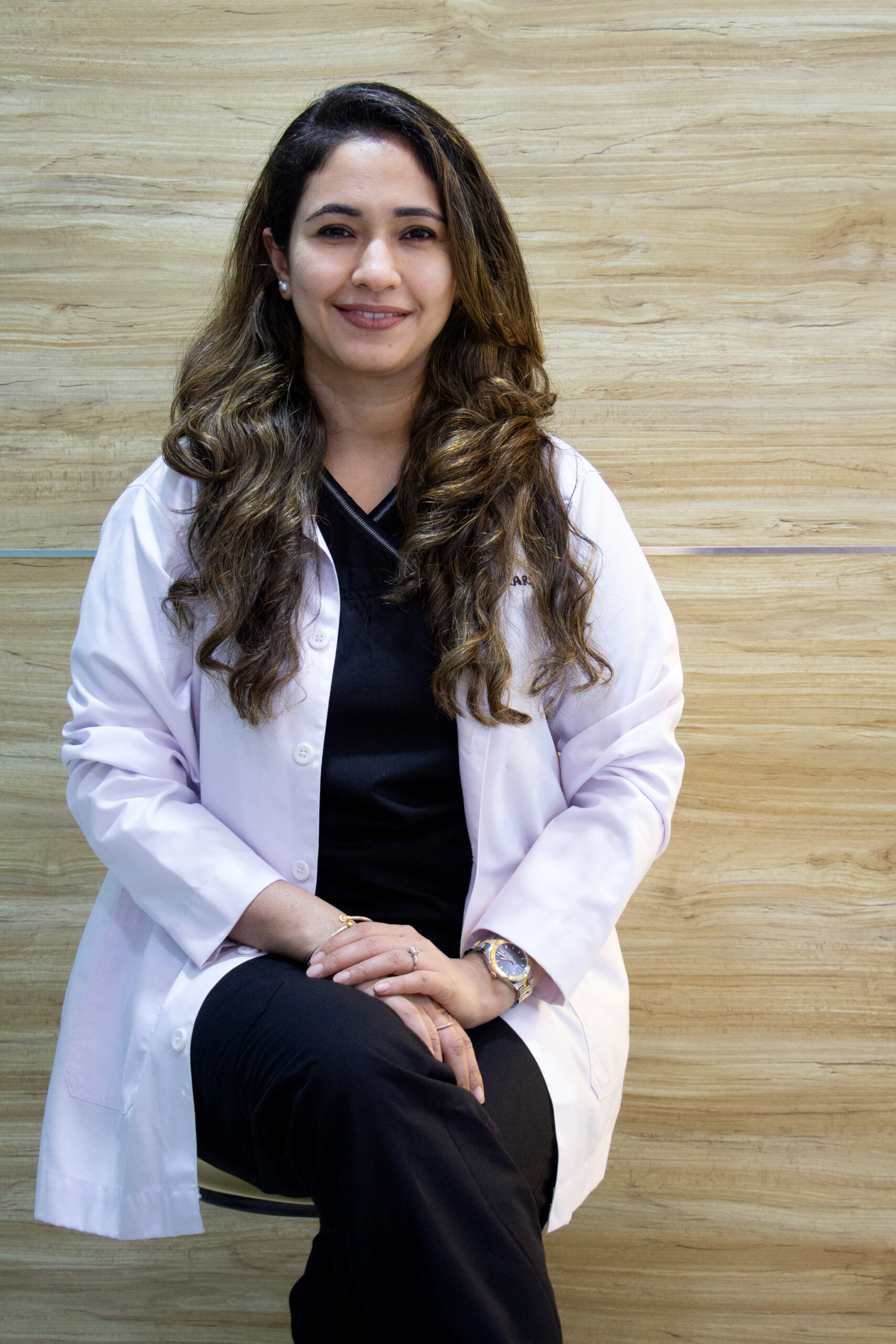About clinic
We are a recognized leader in high-tech Equipment plus in depth Knowledge
Jehan Eye Clinic is a center of clinical excellence, always
staying up-to-date with the latest technology. It is led by Dr. Kareeshma
Wadia-Havewala, a renowned Cornea Specialist in Mumbai, specializing in Cornea, Cataract and
Refractive Surgeries.
The clinic offers treatment for cataracts, infections,
allergies, glaucoma, and more, ensuring high standards of eye care in a warm and
friendly environment at affordable prices.
As a Cornea Specialty clinic, it provides expert care for
conditions like Keratoconus, Bullous Keratopathy, Keratitis, and Corneal Dystrophy,
along with advanced corneal surgeries.
Testimonials
What people say
Кat imperdiet sed euismod nisi porta lorem mollis. Eget arcu dictum varius duis at consectetur lorem. Arcu odio ut sem nulla pharetra diam...
Turpis nunc eget lorem dolor sed. Felis donec et odio pellentesque diam volutpat. Diam phasellus vestibulum.
Fames ac turpis egestas sed tempus urna et. Nisl vel pretium lectus quam id.
Pellentesque id nibh tortor id aliquet lectus proin nibh nisl. Tellus rutrum tellus pellentesque eu. Viverra aliquet eget sit amet tellus cras.






